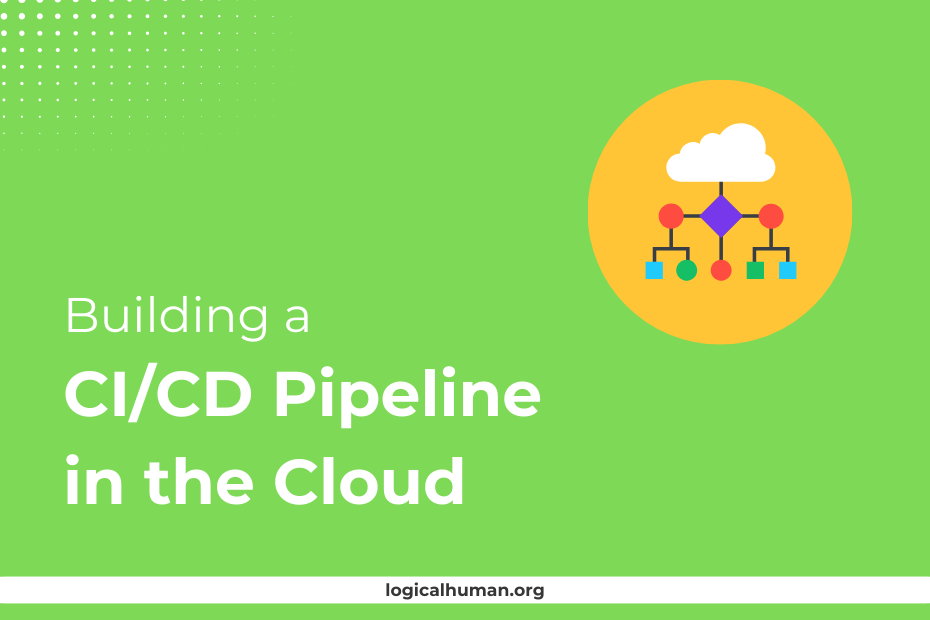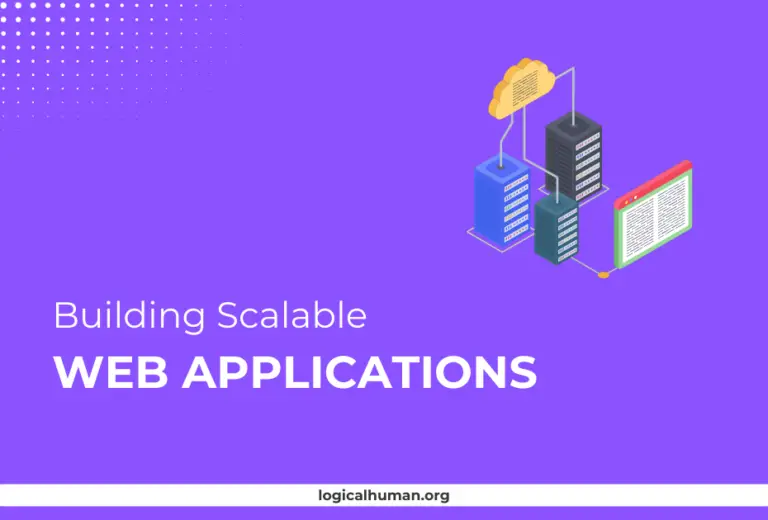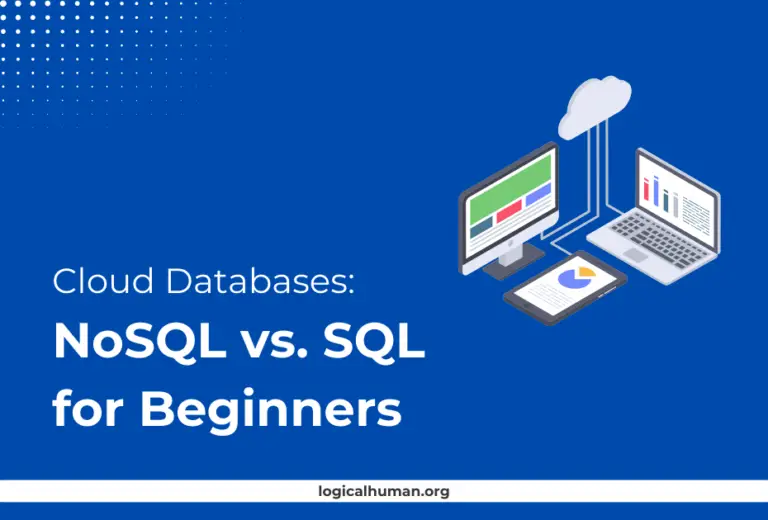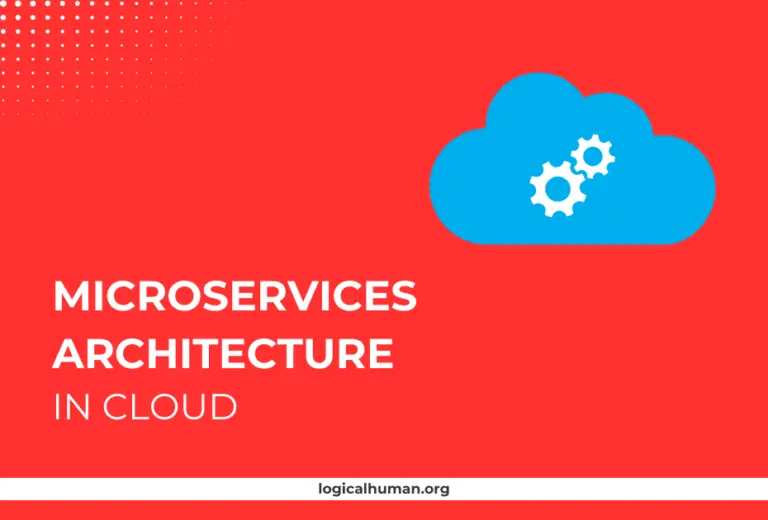Building a CI/CD pipeline in the cloud has never been easier! In today’s fast-paced digital landscape, continuous integration and continuous deployment (CI/CD) are essential for efficient software development. But why cloud-based CI/CD, you ask? Simply put, the cloud provides flexibility, scalability, and cost efficiency that traditional setups can’t match. This article will walk you through everything you need to know about building a CI/CD pipeline in the cloud, from selecting the right tools to overcoming common challenges.
Understanding CI/CD Pipelines
What is Continuous Integration (CI)?
Continuous Integration (CI) is the practice of merging code changes into a central repository multiple times a day. Each integration is verified by an automated build and automated tests, which helps catch bugs and issues early. This process ensures that your codebase remains healthy and functional, making it easier to add new features or fix bugs without breaking existing functionality.
What is Continuous Deployment (CD)?
Continuous Deployment (CD) takes things a step further. Once the code passes all tests, it’s automatically deployed to a production environment. This automation reduces manual intervention and speeds up the release process. Imagine pushing a button and having your latest changes live on your website within minutes—CD makes this possible!
How CI/CD Improves Development Workflow
CI/CD transforms development workflows by automating repetitive tasks, reducing human error, and speeding up delivery. This means fewer late-night debugging sessions and more time for creative problem-solving and innovation.
Choosing the Right Cloud Platform for Your CI/CD Pipeline
Choosing the right cloud provider is crucial for the success of your CI/CD pipeline. Here are the most popular options:
Popular Cloud Providers for CI/CD
AWS
Amazon Web Services (AWS) offers a wide range of services for building CI/CD pipelines, such as AWS CodePipeline, AWS CodeBuild, and AWS CodeDeploy. It’s perfect for teams already using other AWS services, as it integrates seamlessly.
Azure
Azure DevOps provides a comprehensive suite of tools for CI/CD, including Azure Pipelines, which supports multiple languages and platforms. It’s an excellent choice for enterprises using Microsoft’s ecosystem.
Google Cloud Platform (GCP)
GCP offers tools like Google Cloud Build and Google Kubernetes Engine (GKE) for CI/CD. It’s ideal for teams focused on containerized applications and microservices.
Factors to Consider When Choosing a Platform
- Pricing: Understand the cost structure to avoid surprises. Some providers charge per build minute, while others offer flat-rate pricing.
- Integrations: Ensure the platform supports the tools and technologies you use, like Docker, Kubernetes, or Jenkins.
- Security Features: Look for built-in security options such as encryption, identity management, and compliance certifications.
Essential Tools for Building a CI/CD Pipeline in the Cloud
Creating a robust CI/CD pipeline requires various tools that work together seamlessly:
Source Control Management
Platforms like GitHub, GitLab, and Bitbucket offer powerful source control management features. They allow multiple developers to collaborate on code, track changes, and manage different versions effectively.
Build Automation Tools
Build tools like Jenkins, CircleCI, and Travis CI automate the building and testing of your code. They compile your code, run tests, and alert you if something breaks.
Deployment Tools
Deployment tools like AWS CodeDeploy, Azure App Services, and Google Cloud Run help automate the process of releasing new code versions to your servers, making deployments faster and less error-prone.
Monitoring and Logging Tools
Tools like Datadog, Splunk, and AWS CloudWatch monitor your applications and infrastructure, providing real-time insights and alerts to ensure everything runs smoothly.
| Feature | AWS | Azure | Google Cloud Platform (GCP) |
|---|---|---|---|
| CI/CD Tools | AWS CodePipeline, CodeBuild, CodeDeploy | DevOps | Cloud Build, Cloud Deployment Manager |
| Integration with SCM | GitHub, Bitbucket, GitLab | GitHub, Bitbucket, Azure Repos | GitHub, Bitbucket, GitLab |
| Supported Languages | Multiple (Java, Python, Node.js, etc.) | Multiple (C#, Python, Java, etc.) | Multiple (Python, Go, Node.js, etc.) |
| Container Support | Amazon EKS, ECS, Fargate | Azure Kubernetes Service (AKS), ACI | Google Kubernetes Engine (GKE) |
| Pricing Model | Pay-as-you-go, Free Tier for limited usage | Pay-as-you-go, Free Tier for limited usage | Pay-as-you-go, Free Tier for limited usage |
Step-by-Step Guide to Setting Up a CI/CD Pipeline in the Cloud
Let’s dive into the nitty-gritty of setting up a CI/CD pipeline in the cloud:
Step 1: Setting Up Your Repository
First, you need a place to store your code. Choose a source control platform like GitHub, GitLab, or Bitbucket. Create a new repository, and ensure all team members have access.
Step 2: Configuring Your Build Process
Next, configure your build process using tools like Jenkins or CircleCI. Create a configuration file (e.g., Jenkinsfile or .circleci/config.yml) that specifies the steps required to build and test your application.
Step 3: Automating Tests
Automate your tests by integrating tools like Selenium for UI tests, JUnit for unit tests, and Postman for API tests. Automated testing is crucial for catching issues early in the development process.
Step 4: Deployment Automation
Automate the deployment of your application using services like AWS CodeDeploy or Azure App Services. Set up different environments for staging and production to ensure that changes are tested thoroughly before going live.
Step 5: Monitoring and Feedback Loops
Set up monitoring and alerting using tools like Datadog or AWS CloudWatch. These tools provide valuable feedback on the health of your application, helping you identify and fix issues before they affect users.
Best Practices for Cloud-Based CI/CD Pipelines
To get the most out of your CI/CD pipeline, follow these best practices:
Automate Everything
Automate as many steps as possible, from code builds and testing to deployments and monitoring. This reduces manual errors and speeds up your workflow.
Maintain Security at Every Stage
Implement security checks at every stage of your CI/CD pipeline. Use tools like Snyk or SonarQube to scan for vulnerabilities in your code and dependencies.
Optimize for Speed and Efficiency
Minimize build and deployment times by optimizing your code and infrastructure. Use caching, parallel builds, and containerization to speed up processes.
Monitor and Improve Continuously
Continuously monitor your CI/CD pipeline and look for ways to improve. Use metrics like build time, test coverage, and deployment frequency to gauge performance.
Common Challenges and How to Overcome Them
Building a CI/CD pipeline in the cloud comes with its own set of challenges:
Managing Costs in the Cloud
Cloud costs can spiral out of control if not monitored. Use cost management tools provided by your cloud provider to track expenses and set budgets.
Handling Security and Compliance Issues
Ensure your pipeline complies with industry regulations like GDPR or HIPAA. Use encryption, access controls, and logging to maintain security and compliance.
Dealing with Complex Deployments
Complex deployments involving multiple services or microservices can be tricky. Use orchestration tools like Kubernetes to manage complex deployments effectively.
Case Studies: Successful CI/CD Implementations in the Cloud
Company A: Automating Deployment with AWS
Company A used AWS CodePipeline and CodeDeploy to automate its deployment process. This reduced manual errors and decreased deployment time by 60%.
Company B: Integrating Testing with Azure DevOps
Company B integrated automated testing into its Azure DevOps pipeline, catching 30% more bugs before reaching production.
Company C: Scaling CI/CD with Google Cloud Platform
Company C scaled its CI/CD process using GCP’s Kubernetes Engine, handling 50% more deployments with no increase in downtime.
Future Trends in Cloud-Based CI/CD Pipelines
The future of CI/CD in the cloud looks promising, with several emerging trends:
AI and Machine Learning in CI/CD
AI and machine learning are being used to optimize build processes, predict failures, and automate repetitive tasks in CI/CD pipelines.
Serverless CI/CD Pipelines
Serverless architectures are gaining popularity for CI/CD pipelines. They offer reduced costs and easier scalability compared to traditional server-based pipelines.
Multi-Cloud CI/CD Strategies
Organizations are adopting multi-cloud strategies to avoid vendor lock-in and improve resilience. This trend is likely to continue as more tools support cross-cloud integrations.
Conclusion
Building a CI/CD pipeline in the cloud is an effective way to streamline your development process, reduce manual errors, and speed up deployments. By choosing the right tools and following best practices, you can create a robust and efficient pipeline that meets your business needs. Whether you’re a startup or an enterprise, cloud-based CI/CD can help you deliver software faster and more reliably.
FAQs
What is the main benefit of using a cloud-based CI/CD pipeline?
The main benefit is scalability and flexibility. Cloud-based CI/CD pipelines allow you to scale resources up or down as needed, reducing costs and improving performance.
Which cloud provider is the best for CI/CD?
It depends on your needs. AWS is great for flexibility, Azure is ideal for Microsoft-centric environments, and GCP is excellent for containerized applications.
How can I ensure security in my CI/CD pipeline?
Implement security measures at every stage, including code scanning, access controls, and encryption. Use tools like Snyk and SonarQube to identify vulnerabilities.
What are the costs associated with cloud CI/CD pipelines?
Costs vary depending on usage and provider. Monitor your usage and set budgets to control expenses. Most providers offer cost management tools to help with this.
Can I use multiple cloud providers for my CI/CD pipeline?
Yes, you can use multiple providers to avoid vendor lock-in and improve resilience. Tools like Jenkins and GitLab CI/CD support multi-cloud integrations.



